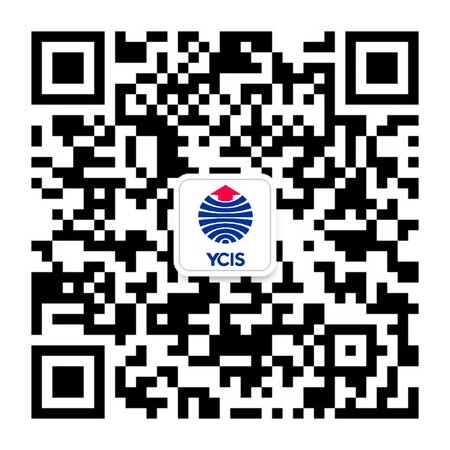Go Back
News
News
It Takes a Community to Raise a Child
News
08 Dec, 2017
10 : 00
This semester at Yew Chung International School of Beijing, Primary Years 4-5 students moved into their new Learning Community space on the 3rd floor of Building A. Replete with movable walls, an interactive technology zone, a bean-bag chair laden book nook, and an amphitheater style presentation area, the new Learning Community space is able to foster the creation of capable students who not only possess a depth of knowledge but also the adaptability, creativity, and critical thinking ability to find success in the 21st century.
Yet in addition to the myriad ways that students are able to make use of their new physical space, the Learning Community is also noted for the facilitation of increased collaboration between students, between teachers, and also for offering each student the chance to engage with a greater number of teachers than in previous closed-classroom models.
The African proverb “It takes a village to raise a child” applies especially well to the YCIS Beijing Learning Community model. To explain how it does so, as well as the ways that the Learning Community model provides greater differentiation of learning for students, Year 5 Co-Teacher Geoffrey Ross goes into greater detail.
The Community as the Village
One of the things that’s most special about the Learning Community is that it’s foremost a “community”. Year 5, for example, is no longer segregated strictly between different classrooms and teachers, but instead, the entire year level forms the community of six teachers and 60 students. So, no matter which class a child is initially placed into (5A, 5B, or 5C), each child will interact regularly with students and teachers from the entire year level community.
This is beneficial to students because everyone learns in different ways. And through this model, there’s engagement and oversight by six different teachers, all of whom can provide unique insight into the student’s learning needs. That insight is then shared amongst teachers, as they work together in the same collaborative office space.
Students, meanwhile, have many opportunities to move around between different groups within the community. During a recent English lesson on poetry, the children had the free choice to join whichever teacher’s group that they wanted; they could decide which particular teacher and project they wanted to join.
Differentiated Learning
Another advantage of the Learning Community is that it allows for greater differentiation of instruction. In a traditional classroom setting, the students may be divided into several groups according to their ability levels in that subject area. For example, with students’ varying maths levels, the class could be divided into three groups – advanced, regular, and remedial – and the teacher would split their instructional time amongst the three groups.
Yet in the Learning Community model, the entire year level can be segmented in the same way without dividing the teacher’s attention. The advanced level students within the year level can be joined together in their own class, in which the entire duration of the class period is spent on advanced concepts and extension work – the entire class can therefore move at a faster pace. The remedial level students are also able to join together in a single class, in which their teacher can focus entirely on providing them the instructional care and support that they need.
Ultimately, because the Learning Communities at YCIS Beijing are so innovative in their instructional approach, it’s something that must be seen in person in order to be fully understood. For parents who would like to visit the ECE, Primary, or Secondary Learning Communities and to witness student and teacher collaboration in action, please contact our Admission Team and visit us for a campus tour.












